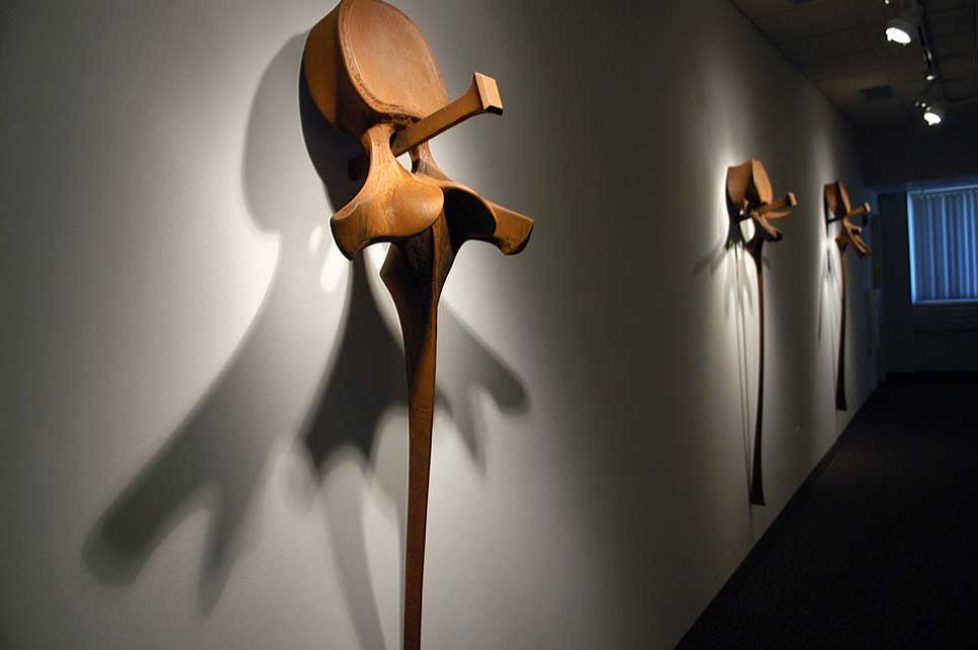
As a young boy, I made a wonderful discovery. While walking through the woods of rural Minnesota, I found the skeleton of a boar, weathered and whitened by the sun. At the top of a small rise, in a ring of brambles, there it was. What made me dig my way through the thistles and barbs, I’ll never know. But I marveled at what I had found, carefully collecting the vertebrae, ribs, skull, and appendages in a cardboard box. I did not see them as macabre or frightening. To me, they were beautiful jewels – natural, physical memories of what once was. I treasured that skeleton, storing it away until the frequent urge came to pull the bones out for careful inspection.
Perhaps about that same time, I first heard rumors of religious artifacts carefully hidden in the Catholic Church I attended at my parochial school. In my daydreams during morning mass, I would imagine fingers and femurs pulled from corpses of centuries-old saints locked up in secret chambers in the walls. In my mind’s eye I saw the bones stained dark, charred and cartilage-encrusted. Never weathered white jewels, they were the memory of the brutality and meanness of man, not unlike the ever-present crucifix on the wall. This was not the transcendent, uplifting, and ingratiating modern Christ; this was a tortured human being, nailed up by his fellow man. Likewise, I envisioned those hidden artifacts as carrying the pungent stench of death and oppression; they were definitely not the sublime revelation of life’s mystery and beauty that the boar’s remains were to me.
I think of these new sculptures as a bridge between those two opposing, but ever-present, artifacts of my youth. The series is entitled Reliquiae, Latin for “sacred relics.” They are mediations on how we as humans, also animals of Nature, honor and dishonor life and death. They are reminders that beauty and brutality can be found in unexpected places. Finally, they are physical symbols of our stumbling attempts at transcendence in spite of instability, transience, and contradiction.

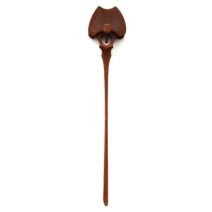

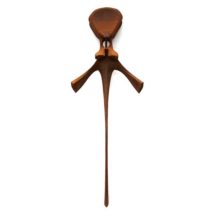
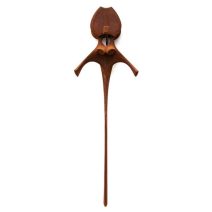
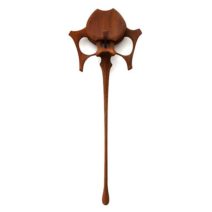
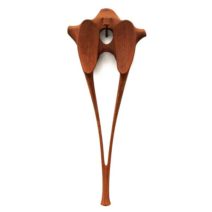
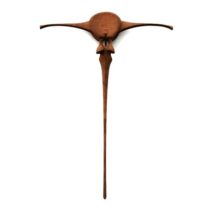
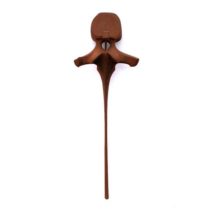

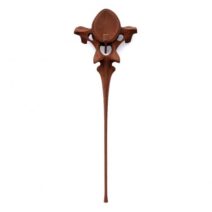
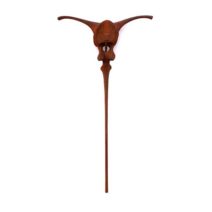
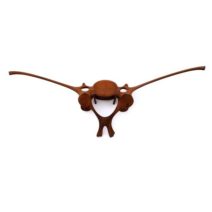

You must be logged in to post a comment.